MEMS gyroscope is an inertial sensor, which is a small device that measures angular velocity or rotation rate. It can play a role in aerospace, drones and other fields, and is also used in navigation systems to detect changes in direction and measure pitch, roll and yaw. At the same time, it can also be used in fields such as petroleum logging and mining, providing north-finding solutions, pointing and initial alignment, etc.
Before understanding the advantages and disadvantages of MEMS gyroscopes, let us understand how it works firstly.
MEMS is the abbreviation of Micro-Electromechanical System. MEMS gyroscope uses the Coriolis Force effect to measure the angular rate of moving objects. This effect produces a force that acts on a moving mass in a rotating system, perpendicular to the mass's velocity and axis of rotation, and is used to determine the object's angular rate or rate of rotation. The Coriolis Force effect and formula can be seen in figure 1.
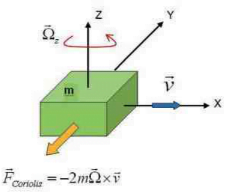
Figure 1. The Coriolis Force effect and its formula
Advantages of MEMS gyros
1.Small size and light weight
MEMS gyroscope is smaller and lighter than traditional mechanical gyroscope and FOG (Fiber Optic Gyroscope). Ideal for applications with tight size and weight constraints, such as consumer-grade smartphones and microphones, and tactical and navigation-grade for oil logging tools. For smartphones and VR, small size is an essential part but the MEMS gyros used in these fields are also consumer-grade and have low accuracy levels. For fields such as petroleum logging and mining, many gyro tools have special-shaped probe tubes that cannot be accessed by ordinary large-size gyroscopes, and small-size gyroscopes such as MEMS gyroscopes are needed to meet their needs. Moreover, the north seekers used in some mining equipment have size restrictions. As the core component of the north seeker, the gyroscope needs to meet its small size requirements. The size of a MEMS gyroscope is fingernail size. Ericco's MEMS gyro sensors are all of the same size of 11x11x2mm. The actual size of the MEMS gyros can be seen in figure 2. And Ericco is mainly responsible for the production and manufacturing of tactical-grade and navigation-grade MEMS gyroscopes, such as the navigation-grade MG2-50/100 and the tactical-grade MG2-067, which are high-performance and hot-selling gyroscopes.
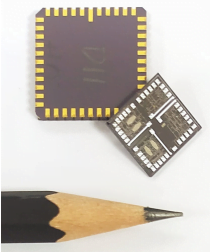
Figure 2. Size comparison between MEMS gyro and pencil
2. Low cost and easy to mass produce
Due to the micromachining process and small size, MEMS gyroscopes are more cost-effective to produce than traditional gyroscopes, which also makes mass production easier, allowing them to be used in a wider range of industries and applications. For some fields and companies that need to control costs, MEMS gyros have also become a hot choice.
3. Good reliability
The main material of MEMS gyroscope is silicon, which is manufactured using some of the same processes and tools used to manufacture integrated circuits, such as deposition, photolithography, and etching. Its solid-state construction provides greater reliability and longer life than mechanical gyroscopes that are prone to wear and tear.
4. Low power consumption
Due to their small size, MEMS gyroscopes consume less power than mechanical gyroscopes, which is a critical factor for battery-powered devices and energy-saving systems.
Disadvantages of MEMS gyroscope
1. Output results need to be controlled and compensated
Generally, MEMS gyroscopes are designed so that both the driving mode and the sensing mode can reach resonance, or both modes can be resonated through electronic tuning. However, although appropriately increasing the frequency peak spacing between the driving mode and the sensing mode can reduce frequency drift caused by changes in system parameters, the response output still requires advanced control methods and signal processing to compensate.
2. Immaturity of photolithography technology and microfabrication processing
Today, photolithography technology and microfabrication processing are still immature, which limits the perfect manufacturing of high-performance inertial sensors including MEMS gyroscopes. And the inherent errors in the manufacturing of its mechanical structure limit the performance, stability and sensitivity of MEMS gyros. The requirement of modal matching causes the dynamic characteristics of MEMS gyroscope, such as resonance frequency and sensitivity, to deviate drastically from the expected design values, and the various performance indicators of the same MEMS gyros produced in each batch are also different. These errors are caused by deviations in the photolithography steps and processes as well as the presence of deposition conditions and residual stress.
3. Affected by temperature changes
Changes in temperature also affect the dimensions of the structure, thus destroying the accuracy of the actual dynamic system parameters.
However, experts have done a lot of research on reducing errors in gyroscope measurements, such as studying the design of symmetrical suspension systems, which can improve better modal matching and reduce temperature drift. With the increasing advancement of science and technology, MEMS technology is making breakthroughs and changes every day, and will better match the needs of the market in the future.
Through the content of this article, I hope you can understand the advantages and disadvantages of MEMS gyroscope. There is no perfect device, but as technology advances, its disadvantages will be reduced or even eliminated through various research and compensation measures. If you want to learn more about the relating knowledge and products of MEMS gyro sensor, please read the "relating articles" and "relating products" below.
More Technical Questions
1.How to select MEMS gyroscope?
2.Basic Knowledge of Bias Stability of MEMS Gyroscope
3.MEMS Gyroscope: The Third Generation Of Gyroscopes Is Leading The Way
4.MEMS Gyroscope: Sensitive Structure | Detection Circuit | Integrated Package
5.Comparison Of Technical Specifications Of Navigation Grade MEMS Gyroscope
6.MEMS gyroscope VS FOG: What’s the difference between them?
Products in Article

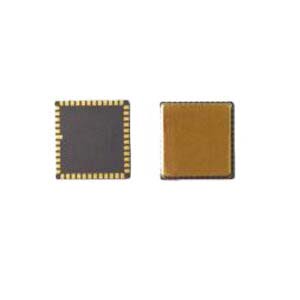

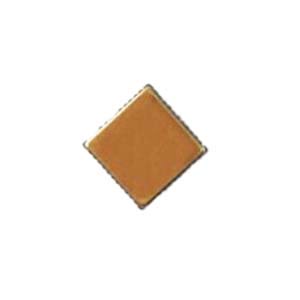 High Performance Navigation Grade MEMS Gyroscope
High Performance Navigation Grade MEMS Gyroscope
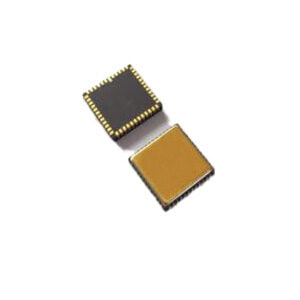 High Accuracy Single-Axis MEMS Gyro
High Accuracy Single-Axis MEMS Gyro
